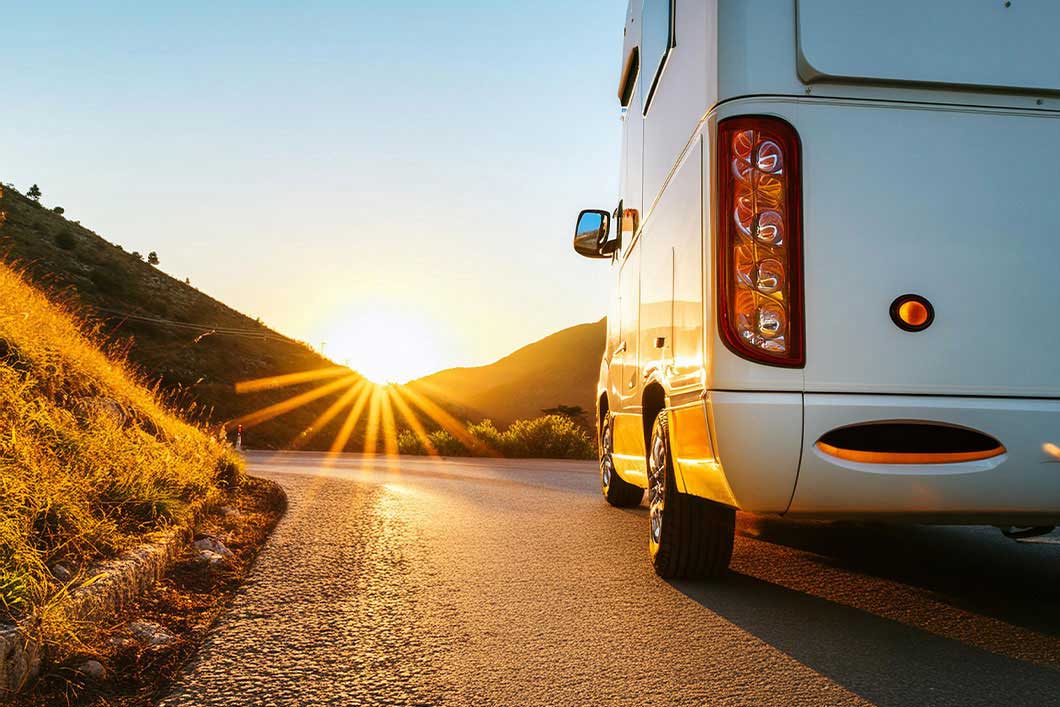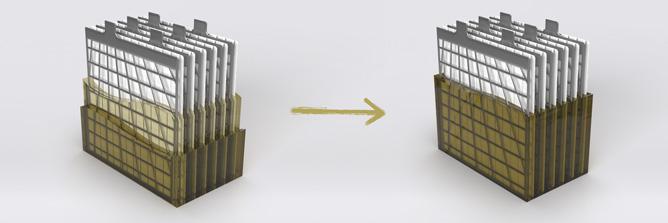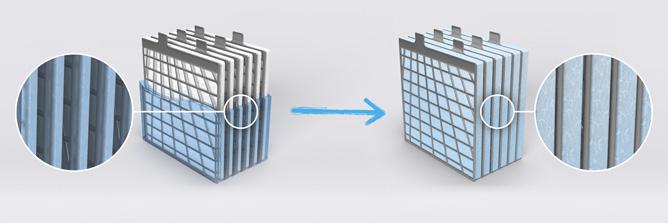Top motorhome batteries: Our recommendations


Batteries in motorhomes are not only there to start the vehicle, but above all to supply the living area with electricity. Even if only one battery was installed in older motorhomes, it is always better to use two batteries. The choice of batteries for the living area supply is huge. Our recommendations depend on how high your energy requirements are and where you want to recharge, i.e. whether you are traveling as self-sufficiently as possible, are almost exclusively on camping or pitches or only want to use electricity in the camper very occasionally.

If you want to keep a cool box or fridge running in your camper, operate a water pump or ventilation system or charge your tablet and camera, you need a battery to provide you with the power, a so-called supply battery. The starter battery, which is found in every vehicle with a combustion engine, cannot do this. It is designed to start the engine, i.e. to deliver peak currents quickly. The most important key figures here are the cold test current and the CCA value. It also supplies the vehicle electronics with power if the alternator cannot keep up.
In cars with a lot of additional equipment, the classic lead-acid car battery quickly reaches its limits and an AGM starter battery is used instead, a technology that is also used for supply batteries.
Supply batteries are designed to permanently operate the consumers and to be recharged, similar to the battery in a cell phone. The most important values here are the ampere-hours (Ah) and depth of discharge.

Whether a supply battery is installed in a motorhome or in a weekend home makes no difference to the internal structure of the battery. However, there are a few criteria that make a good battery for motorhomes, such as gassing or leakage safety. We have marked our batteries with icons for the different areas of use. Here you can quickly see whether we recommend them for use in motorhomes.
And, because it fits in so well...

No. Even a solar battery is not a fundamentally special battery. For your motorhome, it is only important that it is not a starter battery but a supply battery.

If you are looking for an inexpensive power storage system for light cyclical operation up to approx. 300 cycles, lead-acid batteries, such as our intAct Solar-Power, are still worthwhile.
In this case, however, you need to take care of the battery, check the level and top it up so that you can enjoy it for a long time.
Electrolyte can escape if the housing breaks. And, because they emit gases, they are only suitable for installation in the interior if the gases are conducted to the outside with the appropriate hose or similar.





Of course, wet batteries used to be installed in motorhomes as standard. Nowadays, however, there are better alternatives. We'll now take a look at what these are and whether you can simply replace your old wet-cell battery with a different type of battery.


With an on-board battery, the main issue is how much power you actually need. What is important here is whether the entire power requirement needs to be covered by the battery. Or do you usually stay on pitches or campsites on your tours and trips and run the coffee machine, fan etc. mostly on shore power? If you often have access to shore power, you can also charge your on-board battery more often, so a lower capacity will probably be sufficient. If you want to be as self-sufficient as possible, you need a higher capacity.
No matter how much electricity you want to use, it has to get into the battery first. So it makes a difference how often you can charge your on-board battery and how long it takes.
Accordingly, we recommend:

Never change the running system. Has everything been going okay so far, but the battery has simply reached the end of its service life? Then the intAct GEL-Power is perfect for you.
GEL batteries were developed for supply applications. Here, the electrolyte is thickened like a gel. Together with the particularly strong lead ions, this ensures resistance to discharges of up to 60% and, with up to 700 cycles, a longer service life than a lead-acid battery or AGM battery.






You usually travel from one pitch or campsite to the next. You only take short breaks during your trips and only need a little power. Then the intAct Active-Power AGM is the right choice for you.
The glass fiber fleece from which the AGM gets its name (AGM = absorbent glass mat) absorbs the electrolyte completely. This makes the battery more resistant to vibrations and ensures a significantly larger reaction surface due to the strong compression. 





No, the intAct Active-Power AGM can be charged with a charger for lead-acid batteries without any problems.

When you get away from it all, do you want to be in nature, far away from civilization and as self-sufficient as possible? Then charging with shore power is rarely an option for you, and you will cover most of your electricity needs with a solar system. Then the Forster Smart Power by intAct is the right choice for you.
You don't have to worry about the lithium iron phosphate battery, or LiFePO4 battery for short, all the time. It has a low self-discharge rate, is not damaged when completely discharged and can withstand up to ten times more charging cycles than lead-acid batteries (approx. 5,000 cycles at 50 % depth of discharge).
And if you want to recharge them using shore power, it's extremely quick. When charging with solar power, you are dependent on the weather, sometimes the sun shines down from the sky, sometimes it remains cloudy. The good current consumption of the LiFePO4 battery makes particularly effective use of the available charging current.
With a lithium battery, you have more capacity at your disposal. You can even draw current from the Forster Smart Power by intAct up to the last ampere because it can be completely discharged without being damaged. The extreme depth of discharge means you get 100% of the specified capacity.
And if that's not enough, you can connect up to four batteries of the same type in parallel for even more capacity. The high-load-capable battery management system of Forster Smart Power by intAct also provides enough power for demanding consumers, even several at the same time.
If you take the service life and depth of discharge (i.e. actual capacity) into account, lithium is sometimes even the cheaper battery. To cover the same power requirement with GEL or AGM batteries, you would need at least two of each.
You also save weight, which in turn saves fuel. With the same capacity, you can save up to 75 % in space and weight. Or: Twice as much capacity can be accommodated in the same space. The lithium battery has the highest energy density of all possible batteries in a motorhome.



A GEL or AGM battery is the cheaper alternative to a LiFePO4 battery here, because neither the high charging cycles nor the fast charging can be used and the high purchase costs are then out of proportion.






If you want to install a LiFePO4 battery for the first time, you must check whether the charger is compatible with the battery type, i.e. whether it offers a charging characteristic for lithium batteries so that the battery is fully charged but not overcharged. If solar panels are used, the compatibility of the solar charge controller must be checked.
With all Forster by intAct batteries, you usually save these costs: both lead-acid-specific charging methods and those optimized for lithium batteries can be used, which means that 99% of standard chargers can still be used. We recommend checking whether the existing charging system meets these criteria.